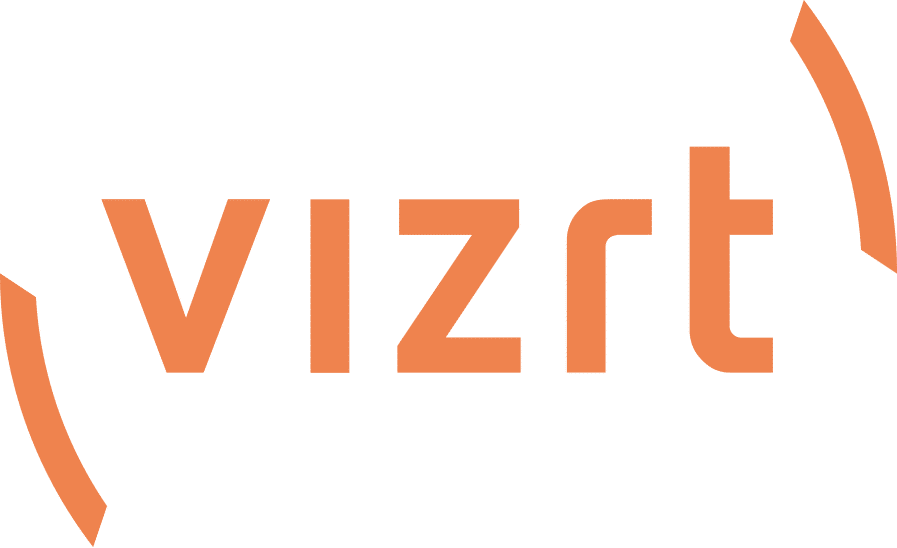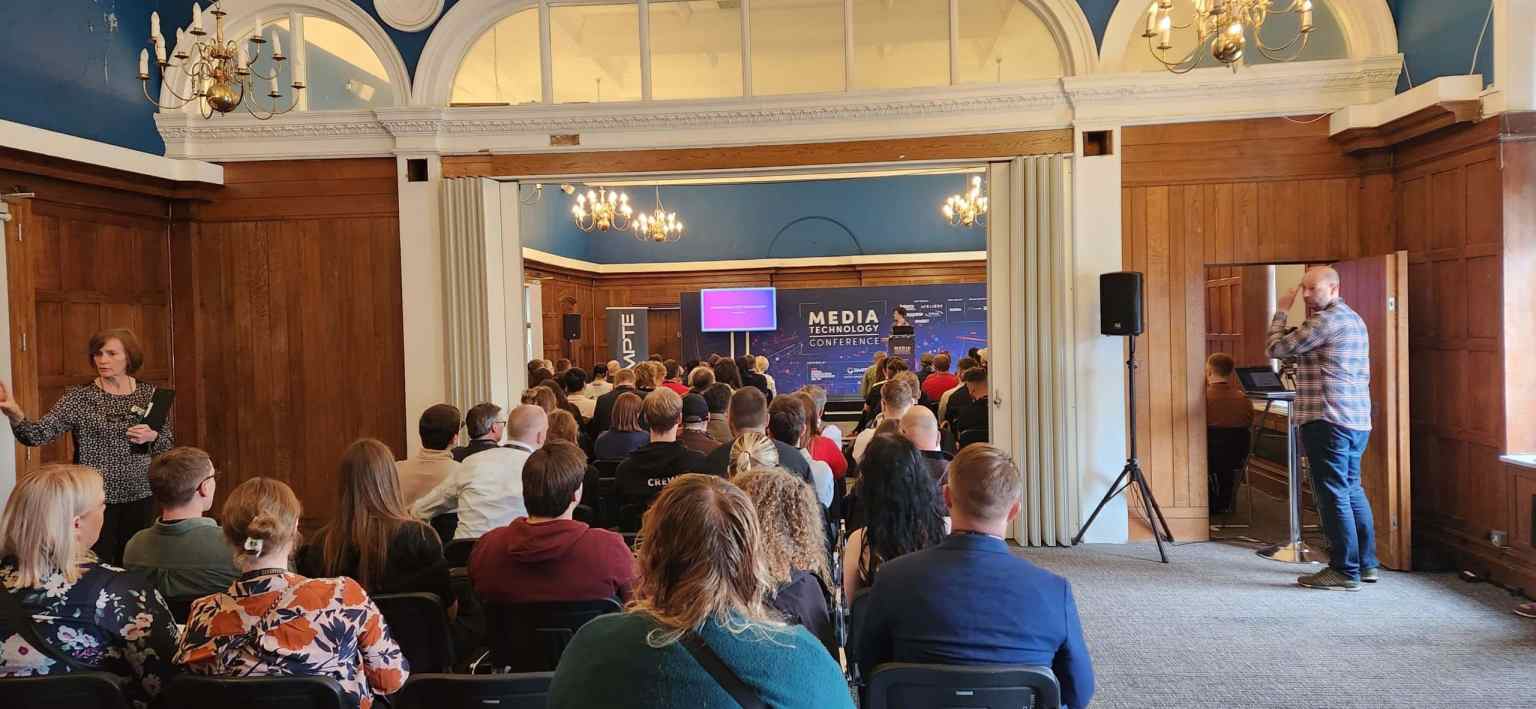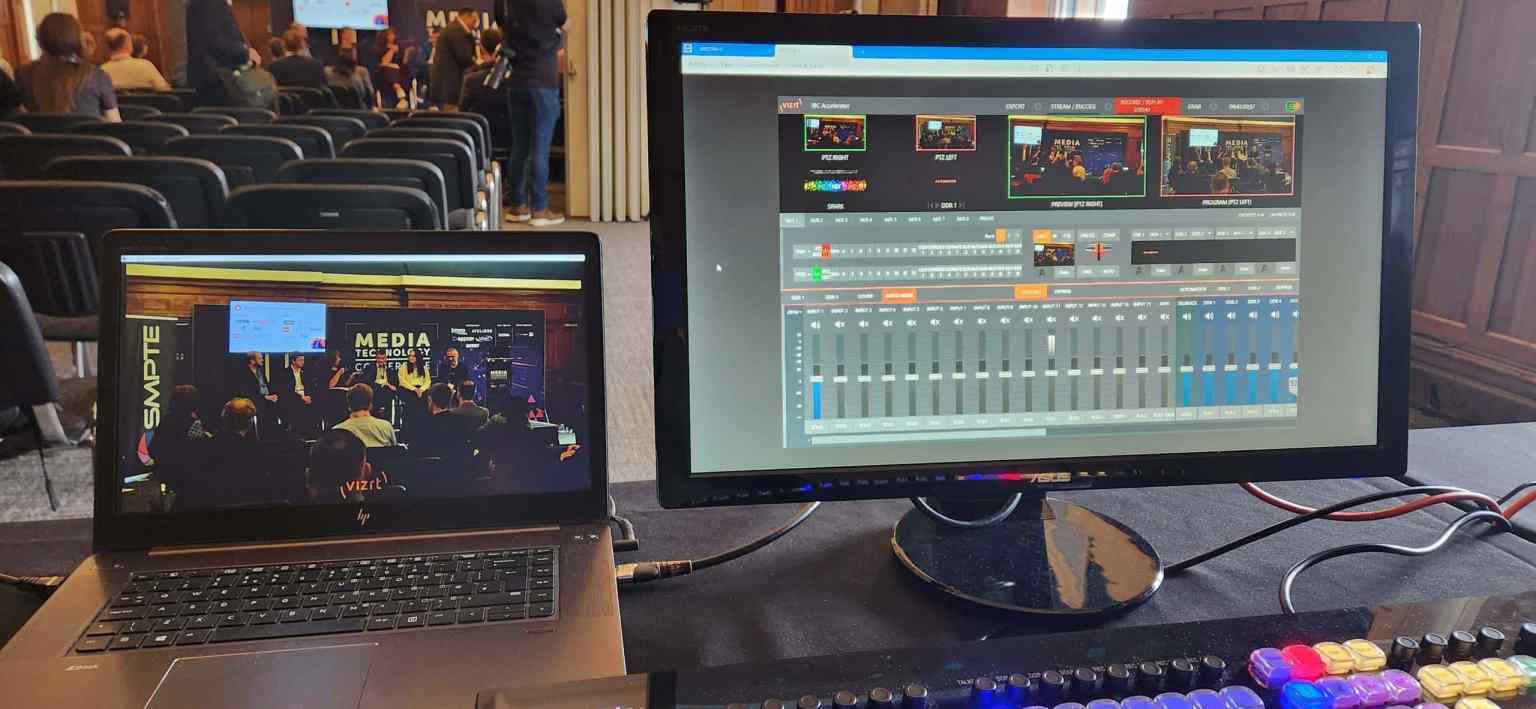Special Instructions:
At last year’s IBC, the IBC Accelerators held a panel exploring a proof of concept that looked into the future of outdoor broadcast, and Paulo Santos (Senior Cloud Solution Architect at Vizrt) and I were lucky enough to be a part of it.
Because Vizrt does a lot of work in the cloud – mainly through our partnership with AWS, and our work on premise and remotely with our TriCaster systems – it interested me to understand what the idea of an “OB van” could look like if it were portable, virtualized and server-based.
Essentially, what would it look like to bring the cloud to the ground through portable virtualization? You would, as some of the champions have said, create a “fog”; although the future is now much clearer than that. Our panel in Amsterdam was recorded, and a couple of months ago we got together in London for IBC’s Kickstarter day with a live demonstration of the group’s efforts to date. But first, let’s understand what the proof of concept proposed.


Liam Hayter, Product Manager at Vizrt, on a panel at IBC 2023 about the Connect & Produce Anywhere Project
Connect & Produce Anywhere Project: the proof of concept
Last year’s concept was about bringing the cloud back down to the ground to produce and access more with less. Depending on the end-users’ production needs and requirements, they don’t necessarily want everything in the cloud, but it’s likely they want to use software.
With the Connect & Produce Anywhere (CAPA) project, the champions looked at the different vendors that could do a virtualized software-based production at full broadcast, bringing that software down on premises rather than moving an outdoor OB van.

The Accelerator Zone at IBC 2023 included a demo pod for the project that showcased a proof of concept together joining many of our partners. With TriCaster Vectar running on bare metal in a server cluster at Techex in Bracknell, UK, counted on LAMA Mix for audio, as well as Vizrt PTZ3 cameras and Vizrt NC2 IO studio module. That was brought into the IBC Accelerator stand using NDI® Bridge, and the demonstration of the control and production side was done using the Flex Control Panel and NDI Bridge in Amsterdam.
In turn, from TriCaster Vectar, we sent an SRT stream up to Zixi in the cloud, where HTML graphics were applied, and then streamed back via SRT to the IBC Accelerators Zone. This feed was delivered to one of the SDI decoders provided by Open Broadcast Services at the IBC stand. Effectively, it went from the UK to Amsterdam, back to the UK, and up to the cloud for Zixi, then back to Amsterdam again – on public tradeshow internet.
This is not far out from what Vizrt offers today, but the work is now to truly virtualize this into portable instances of software stacks. Although we have strong partnerships, sometimes Vizrt customers ask us to support other ways of working; and we had an opportunity here to work with different partners and see what our software can do with various deployment options. Interoperability is one of our strengths.

With champions BBC, ITV, Sky, BT Media and Broadcast, TV2 and Vodafone plus participants Google Cloud, LAMA, Zixi, NDI, AMD and Techex – as well as members of the Customer Success team at Vizrt – now we take the learnings from last year and move to real world deployable solutions.
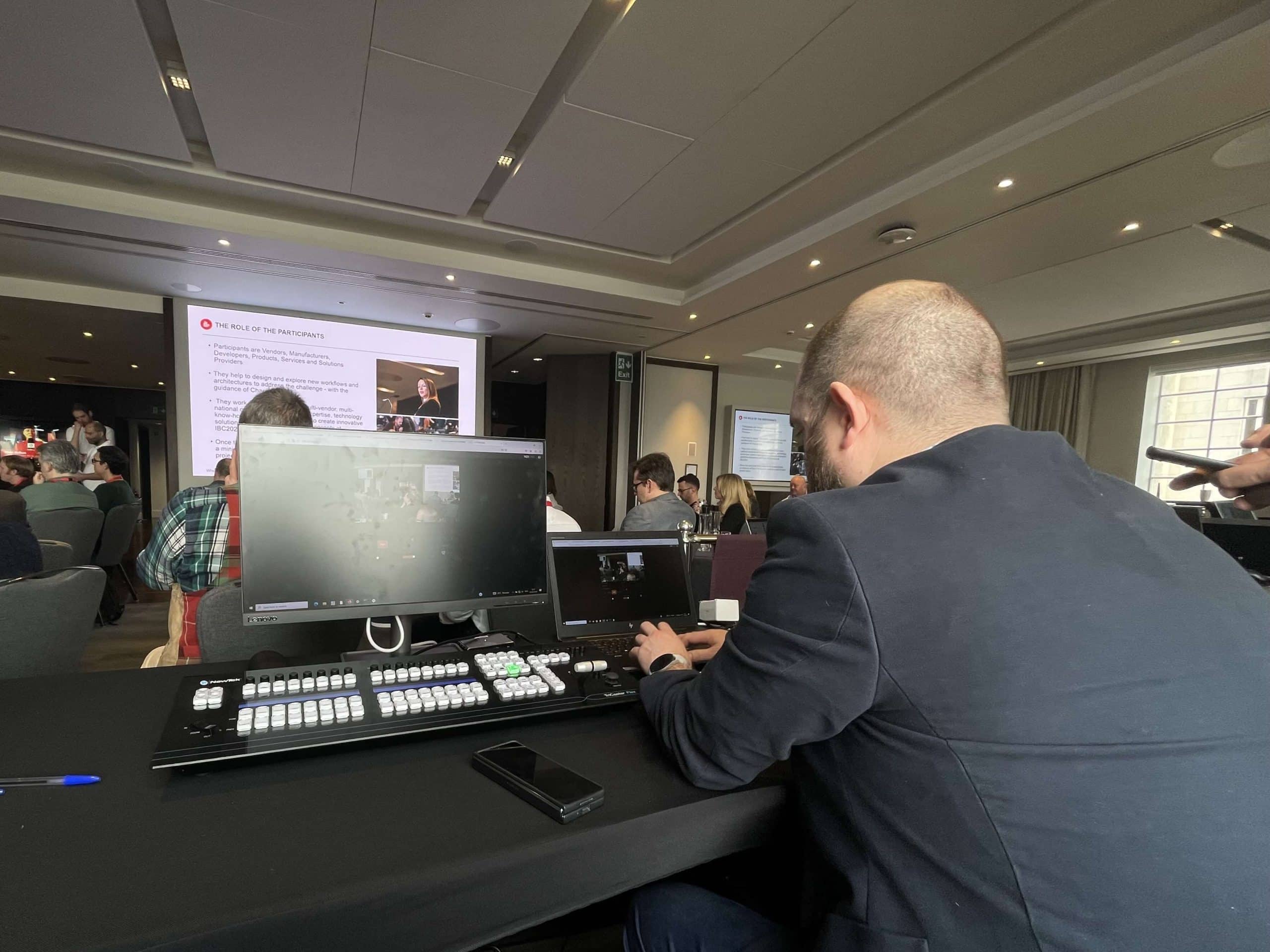

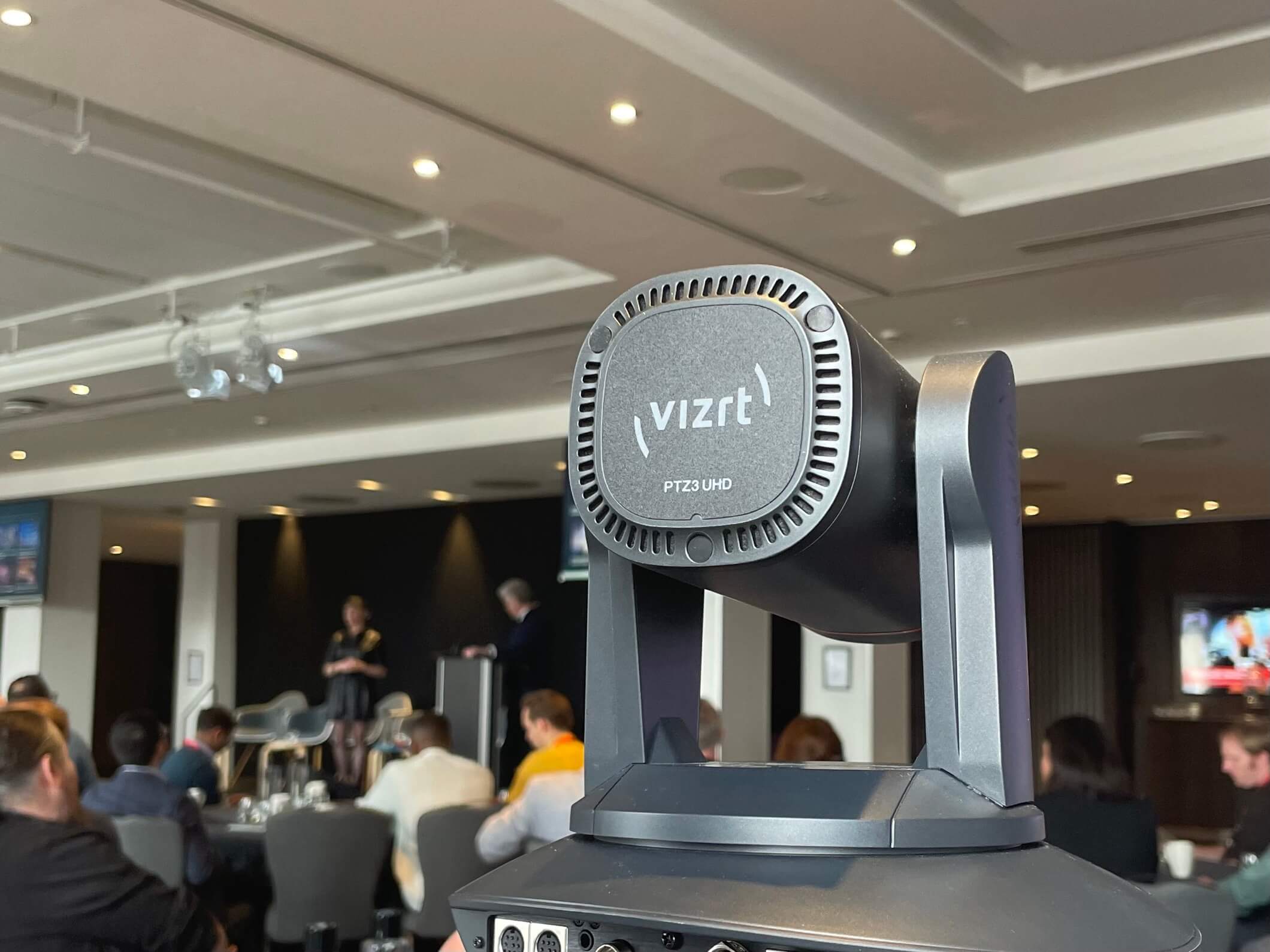
At the 2024 Accelerator Kickstart Day in March, the shortlisted projects were pitched to a global M&E audience with demos vision mixed by Liam, using a PTZ3 UHD, TriCaster Vectar, Viz Connect Solo and TriCaster Flex
Serious sustainability gains
The most interesting aspect of all of this is the potential impact from a sustainability perspective. This is something we definitely want to better understand and measure going forward. At Vizrt, we’ve demonstrated in other projects how our use of computer-software networks can provide reductions in the carbon footprint of live production. This project moves that even further. Moving software to server instances, to be used where you need it and when you need it, then re-deploy them somewhere else without moving vehicles creates additional significant impact in lowering carbon emissions.
Normally, every broadcaster covering an event would bring their own cameras, cabling, infrastructure, OB vans, and even generators. One of the points discussed was, if there was one or two networks at a venue, broadcasters could share the server infrastructure but with their own containerized software stacks within it, to enable collaboration while still covering their story their way.
It opens up the possibility for smaller broadcasters to also get coverage, simultaneously eliminating the necessity to bring all of that equipment on-prem. Sustainability has been a buzzword of the industry for a while, and while efforts to measure and lower impact is incredibly relevant, finding ways to make sustainable solutions accessible is crucial to make a change on an industry-wide level.

How Vizrt got involved
We’ve participated for several years in the IBC Accelerators Program, which focuses on hands-on experimentation through projects, builds a framework for collaborative innovation to solve industry-specific challenges. Starting in 2019, the Accelerators envisioned what a future-facing remote hybrid production would look like, and in 2022, Vizrt participated in the program around graphics.
During the pandemic, we contributed to the IBC Accelerators’ 5G Remote Production – which was using TriCaster and NDI, in tandem with 5G networks and 5G technologies, to do a remote production between Amsterdam and London. Because IBC Accelerators look to the future, we’ve seen something like this being done last year, with the BBC covering the Coronation using 5G.
We’ve seen the 5G part in 2020, now it’s about the production part, and then an incubation project.
What’s next?
We saw the excitement it generated at IBC 2023, with the potential of the approach presented leading to interesting conversations. Then, the IBC Accelerators Kickstart Day in March carried on those conversations and phase two of the project was presented. Now, the champions are working on a first: moving from an exploration phase to an incubator project.
Proposed by the BBC, Sky Sports, Channel 4, BT Media & Broadcast, EBU and TV2 the project will be taken from the exploration phase to the incubation. This means building and developing the test bed for the project. The latest iteration was demonstrated as part of the Media and Technology Conference with SMPTE at the MPTS show in London with further evolution showcased at the EBU’s Network Technology Summit in Geneva in mid-June.
On a panel discussing the project in London, at MPTS 2024
The experiment will explore innovations in monitoring environmental impact, arranging and deploying, containerization, observability, and other factors that build the business case and possible licensing options. The future of media tech is about doing more with less – but still maintaining the high-quality audiences expect and the user experience operators require. It’s also about learning through collaboration, and how that can address industry issues, which impact everyone: vendors, developers, distributors, broadcasters, and audiences at home too. The Connect & Produce Anywhere Project explores that future but simplified, accessible and collaborative.
